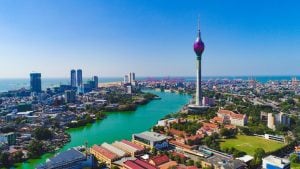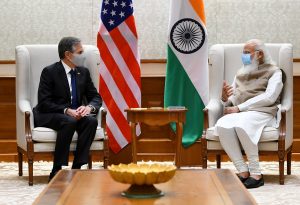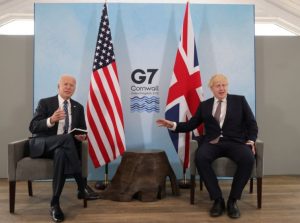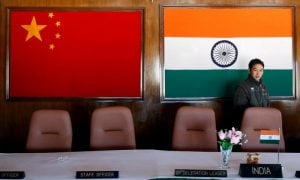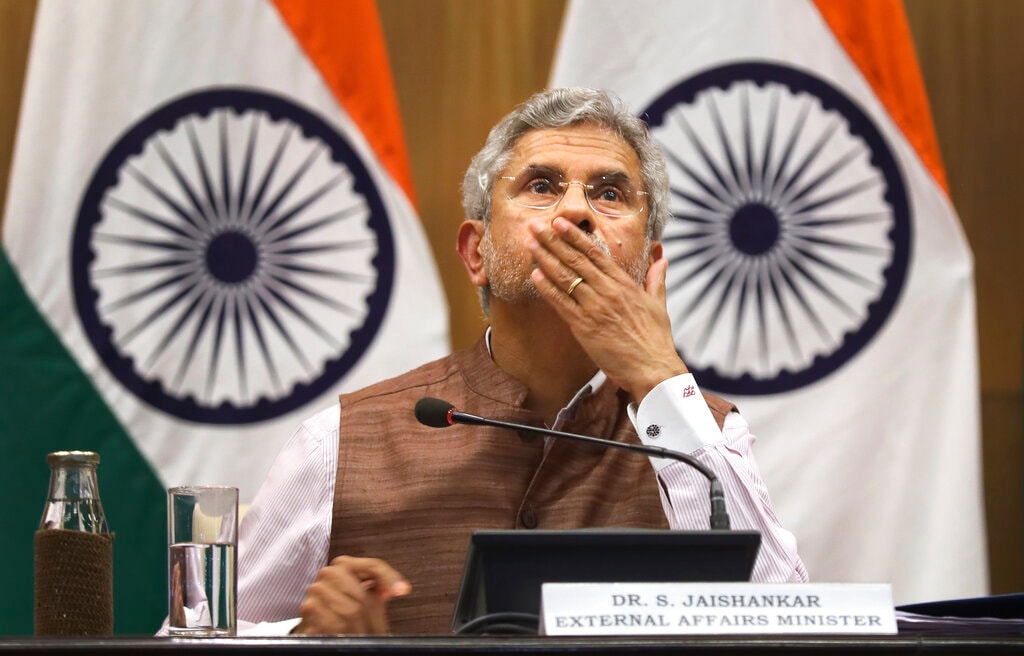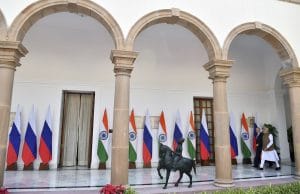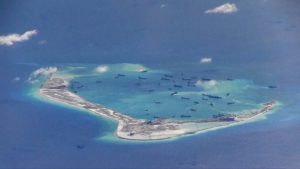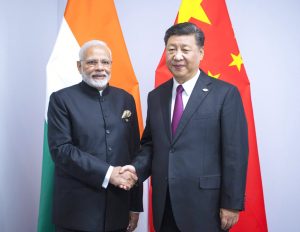View: India-Turkey ties and the need for a calculated outreach
Summary
CNBC-TV18 columnist and former diplomat Anil Trigunayat writes that Ankara needs to understand the economic imperative of the India-Turkey bilateral ties to build a mutually beneficial relationship. A nuanced change is visible on both sides.
Overlooking the mistrust especially when the writing on the wall is yet to fade, is a difficult proposition. But then the rooting principle of international discourse and diplomacy is that there are no permanent friends or enemies but only national interests. This also implies that having a transactional exchange, to begin with is desirable to break the ice for good before we move to a higher orbit in the collaborative matrix. This is also evident in the recent highest-level interactions among Indian and Turkish leaders.
Recently, on the sidelines of the Shanghai Cooperation Organization (SCO) Summit at Uzbekistan capital Samarkand, Prime Minister Narendra Modi and Turkish President Recep Tayyip Erdogan met followed by a meeting between Indian External Affairs Minister Dr S Jaishankar and his Turkish counterpart on the sidelines of the United Nations General Assembly (UNGA), which is indicative of a conscious effort on both sides to mend the fences and move forward.
PM Modi had visited Turkey to attend the G20 Summit and next year we expect President Erdogan to be in India for the next G20 Summit. Ankara is expanding its footprints in the Eurasian region and is keen for full membership of the SCO as well as be part of the BRICS in addition to NATO which might give it additional leverage across in balancing the geo-political spectrum.
While there is a great potential and perceived commonality of approaches and scope for mutually beneficial objectives and enterprise between the two countries, the relationship has been marred by the ‘Pak factor’ for decades, especially in the context of Jammu and Kashmir (J&K).
Moreover, Ankara has been overlooking the Pakistani complicity with extremist groups in cross-border terrorism against India. It has not only raked up the misplaced reference to J&K at the international fora like the UNGA and OIC etc. to please its friend — but condoning terrorism smacks of complicity as the ‘ironclad friends’ do exactly what they should not be doing. They need not forget that extremism and terrorism will bounce back at them too be it in the alleged Kurdish revolt or for the Chinese in Xinjiang against the Uyghurs.
There is no disjunct because terror and extremist groups are well-oiled syndicates operating across geographies and are adept at exploiting societal fissures to their advantage. The recent crackdown on the Popular Front of India (PFI) — a terror group in India also points in the direction and complicity of various countries in the middle east several of whom have closer strategic relations with India.
It was expected that after the Samarkand meeting between the two Principals, President Erdogan may refrain from his rhetoric on Kashmir at UNGA. But the old habits die hard. He could not resist the temptation even if mildly put compared to the previous times when New Delhi condemned and dismissed them or was perturbed.
Erdogan seemingly wanted to be the paragon of peace, despite militarising his own foreign policy from Syria to Libya to Nagorno Karabakh to the Mediterranean, when he uttered “India and Pakistan, after having established their sovereignty and independence 75 years ago, they still haven’t established peace and solidarity between one another. This is much unfortunate. We hope and pray that a fair and permanent peace and prosperity will be established in Kashmir,”.
If they were really interested in peace they could have prevailed upon Islamabad to desist from the affliction of a destructive syndrome. Of course, his penchant for Islamic leadership and Ummah often plays truant to the hidden agenda. India dismissed Erdogan’s comment stating ‘Reference to Kashmir by other countries in UNGA doesn’t matter’.
A nuanced change is visible on both sides. Many would argue that the two should move through a bilateral track but foreign policy is a holistic and serious business. More meet needs to be put in the Joint Working Group on Counter Terrorism and India-Turkey Policy Planning Dialogue so that the threshold from tolerance to trust can be abridged.
But then India today is quick and agile to furnish a ‘tit for tat’ in the spirit of reciprocity and disdain. During his meeting with the Turkish Foreign Minister, Dr S Jaishankar also raised the issue of Cyprus (festering since 1974) to be resolved in accordance with UNSC Resolutions.
Jaishankar tweeted “Met FM @MevlutCavusoglu of Turkiye on side-lines of #UNGA. Wide ranging conversation that covered the Ukraine conflict, food security, G20 processes, global order, NAM and Cyprus”. India has also enhanced its strategic outreach to Greece and Egypt and the I2-U2 group as well as other East Mediterranean powers including enhanced defence collaboration with them.
Ankara needs to understand the economic imperative of the bilateral relationship and the historical connection between P2P and Bollywood and Turkish serials bonhomie, Sufi affection and support during the Khilafat movement if nothing else. These are the edifice on which the mutually beneficial relationship across the spectrum can be reconstructed. However, If the needling is the game so be it.
But it has been observed of late that Turkey has emerged as a major mediator in several conflict zones including the Russia-Ukraine War and even in the exercise of its ambitious and somewhat independent “Blue Home Land” foreign policy, Ankara has begun to tweak it a little bit as it has embarked on a rapprochement spree with its erstwhile rivals and competitors in Saudi Arabia, UAE and Egypt as well as Israel even if driven by its economic compulsions.
India is already strategic friends with them hence Ankara’s continued undermining the interests of a potentially beneficial relationship with New Delhi, is illogical to say the least. Apparently, Turkey has been supportive of India’s membership of the Nuclear Suppliers Group (NSG) and MTCR regimes while having an ambivalent stand on India’s claim to a seat on UNSC’s Horseshoe Table. Good beginnings could hopefully lead to some positive outcomes.

Elon Musk forms several ‘X Holdings’ companies to fund potential Twitter buyout
3 Mins Read
Thursday’s filing dispelled some doubts, though Musk still has work to do. He and his advisers will spend the coming days vetting potential investors for the equity portion of his offer, according to people familiar with the matter


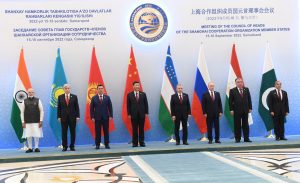






 Listen to the Article
Listen to the Article  Daily Newsletter
Daily Newsletter





